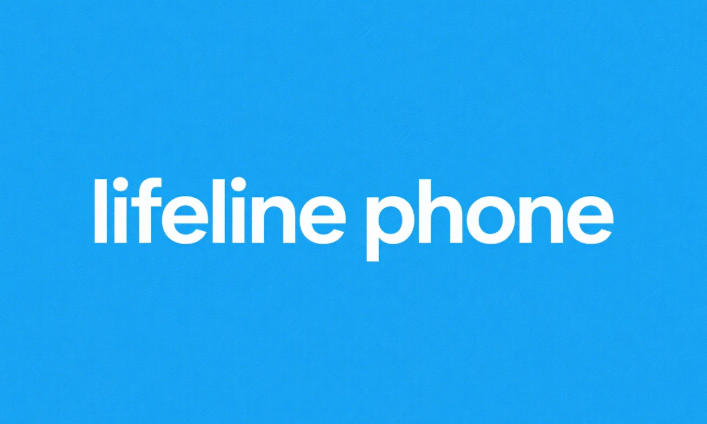The Evolution of Lifeline Phones: From Basic Communication to Digital Inclusion
Since the 1980s, Lifeline phones have served as a critical bridge between low-income households and essential communication services. What began as a program to subsidize landline telephones has transformed dramatically, adapting to technological shifts and evolving societal needs.

Today, Lifeline phones—now primarily mobile devices—are more than just tools for making calls; they are gateways to education, employment, healthcare, and social connection, embodying the program’s core mission: to ensure no one is left behind in an increasingly digital world.
In the early years of the Lifeline Program, administered by the Federal Communications Commission (FCC), the focus was simple: provide low-income families with access to basic telephone service. Landlines were the norm, and the subsidy aimed to cover the cost of installation and monthly fees, ensuring households could call for help in emergencies, connect with employers, or stay in touch with family. At the time, a "Lifeline phone" was a standard corded device, often plain in design but invaluable in function. For many families living below the poverty line, this service was a lifeline in the truest sense—preventing isolation and enabling participation in daily life.
The 2000s marked a pivotal shift as mobile technology surged in popularity. Recognizing that wireless phones offered greater flexibility—especially for families without fixed addresses or those juggling multiple jobs—the FCC expanded the Lifeline Program to include prepaid mobile plans. Suddenly, Lifeline phones became pocket-sized, portable, and far more versatile. Early models were basic: flip phones with limited features, capable of calls and texts but little else. Yet even these devices represented a leap forward. A parent could now be reached by their child’s school, a job seeker could respond to a last-minute interview request, and seniors could call for help without being tethered to a wall.
By the 2010s, smartphones revolutionized the concept of Lifeline phones. As broadband internet became essential for everything from online job applications to telehealth appointments, the FCC further updated the program to subsidize data plans and smartphone access. Today’s Lifeline phones are often entry-level smartphones, equipped with touchscreens, cameras, and app capabilities. They allow users to browse job boards, attend virtual classes, schedule doctor’s appointments via telehealth apps, and even manage government benefits online. For example, a single parent in a rural area might use their Lifeline phone to complete a GED course through a free educational app, while an elderly user could video-call their grandchild or consult a nurse via a telemedicine platform. These devices have transformed "communication" from a narrow concept into a broad spectrum of digital participation.
Critics once questioned whether Lifeline phones were necessary in an era of widespread connectivity, but real-world impact tells a different story. Studies show that households with Lifeline phones are more likely to secure and maintain employment, as they can stay connected to employers and access online training. Children in these households have better educational outcomes, as parents can communicate with teachers and students can complete homework using educational apps. During crises like the COVID-19 pandemic, Lifeline phones proved indispensable: schools shifted to remote learning, doctors moved to telehealth, and job interviews went virtual—all requiring reliable internet access that Lifeline subsidized for millions.
Of course, challenges remain. Not all Lifeline providers offer the same quality of service, and some rural areas still struggle with poor network coverage. There are also concerns about digital literacy—ensuring users know how to leverage their smartphones for tasks like online banking or navigating healthcare portals. However, initiatives to address these gaps are underway, including partnerships between the FCC and community organizations to offer digital skills training.
As we look to the future, Lifeline phones will continue to evolve. The rise of 5G, for instance, could enable faster internet access for Lifeline users, opening doors to more advanced services like real-time language translation or remote work tools. The program may also expand to cover additional features, such as mobile hotspots, allowing multiple family members to share connectivity for school or work.
In the end, Lifeline phones are more than devices—they are equalizers. They remind us that connectivity is not a luxury but a fundamental need, and that ensuring access for all is key to building a more inclusive society. From the first landlines to today’s smartphones, their evolution mirrors our collective commitment to ensuring no one is left disconnected.